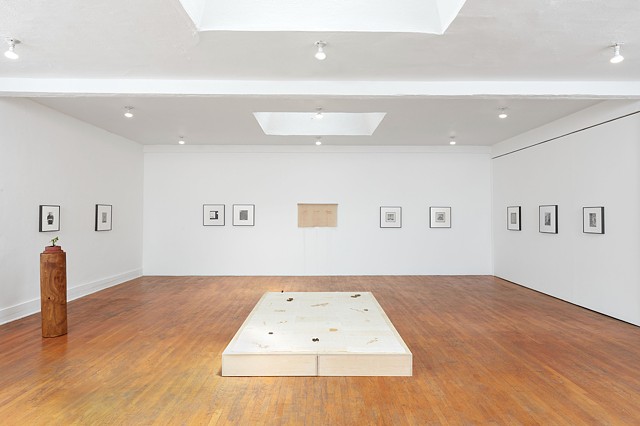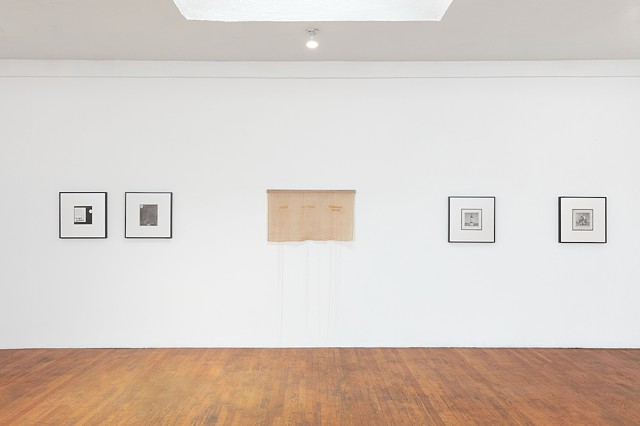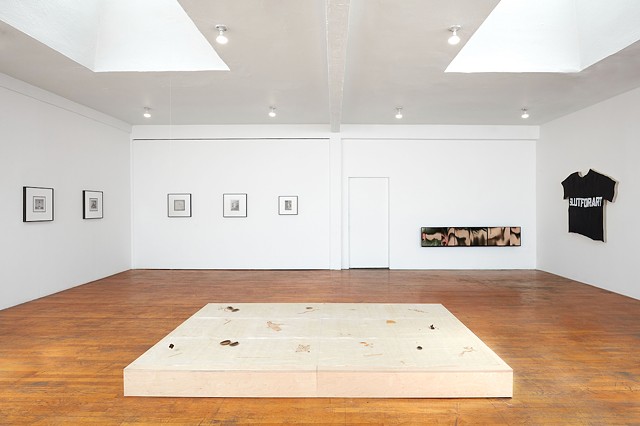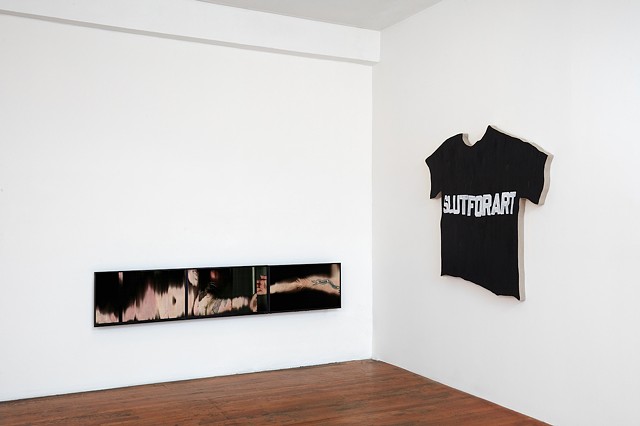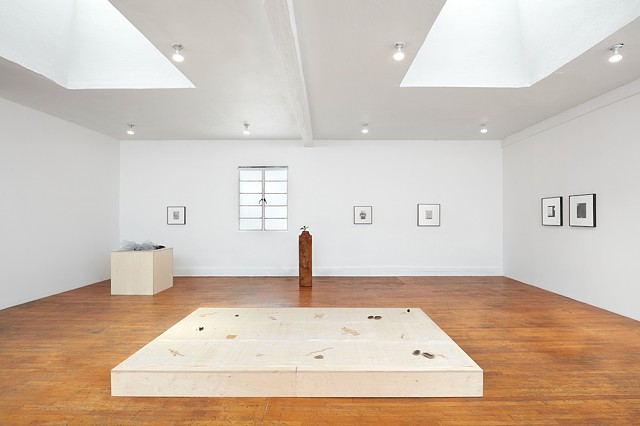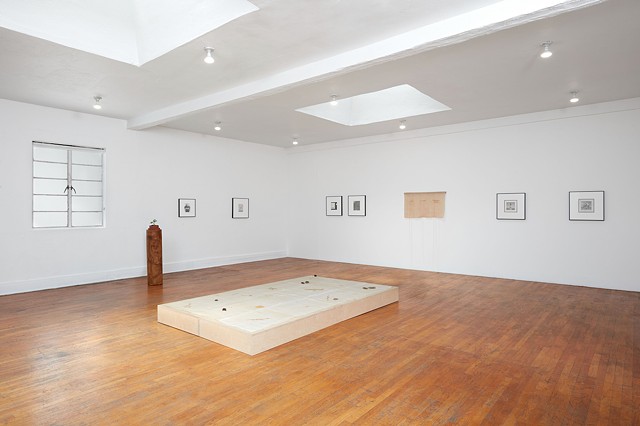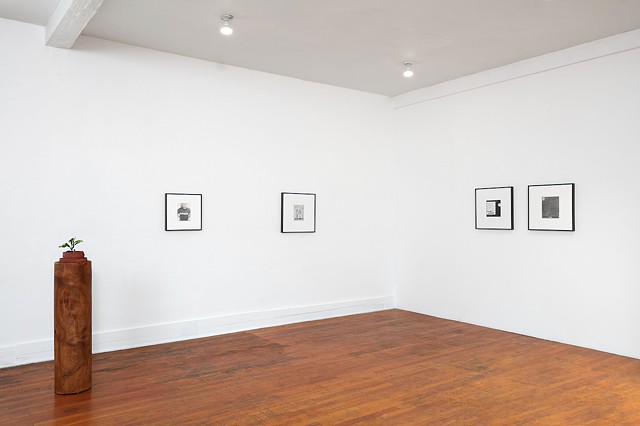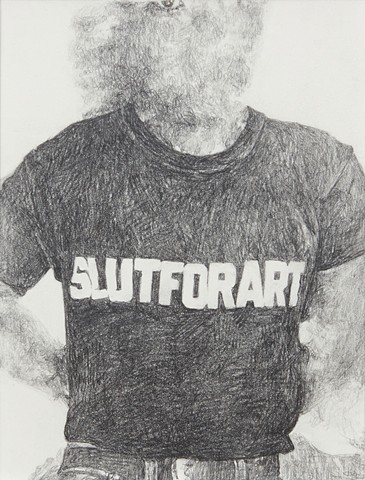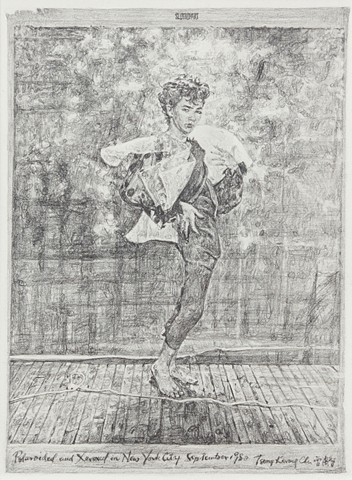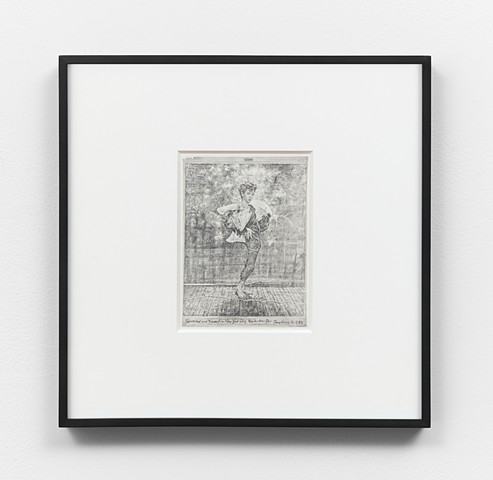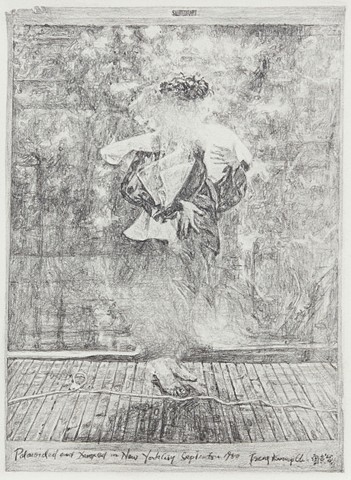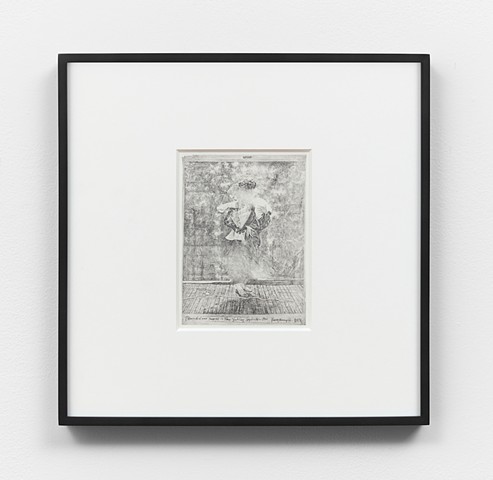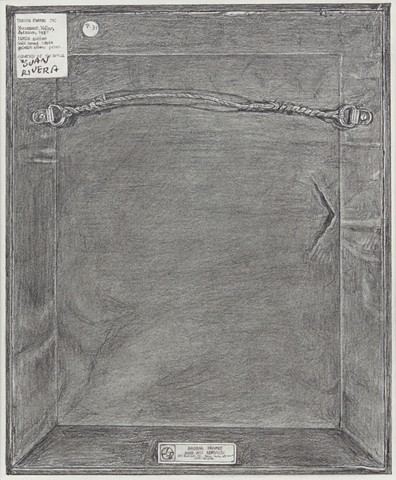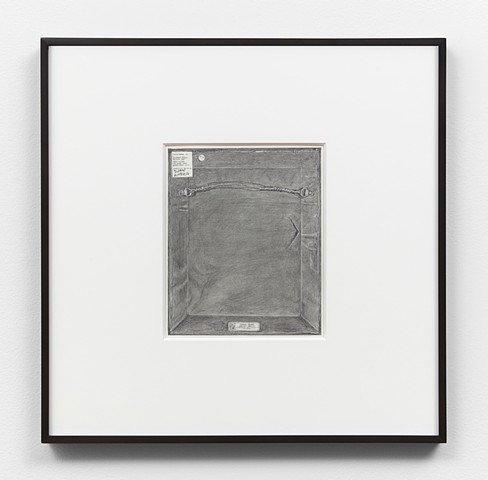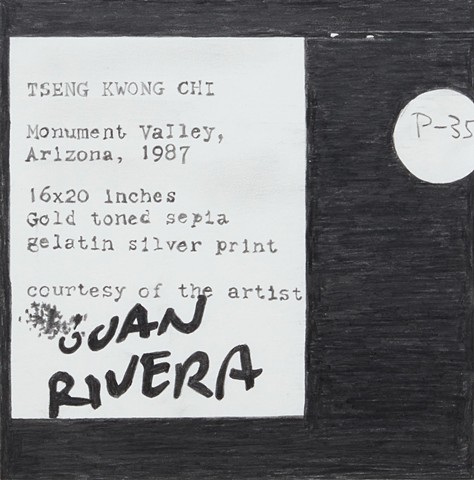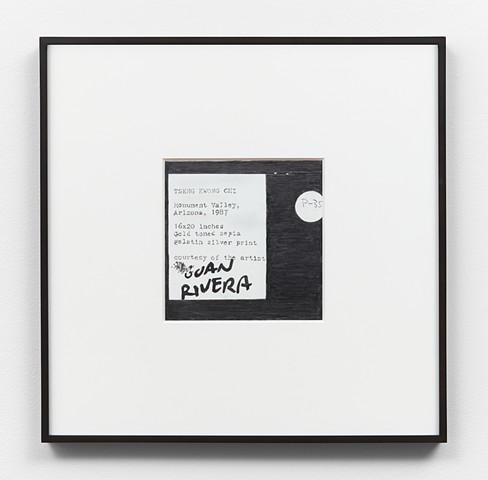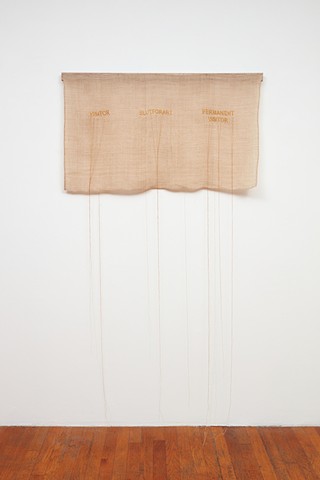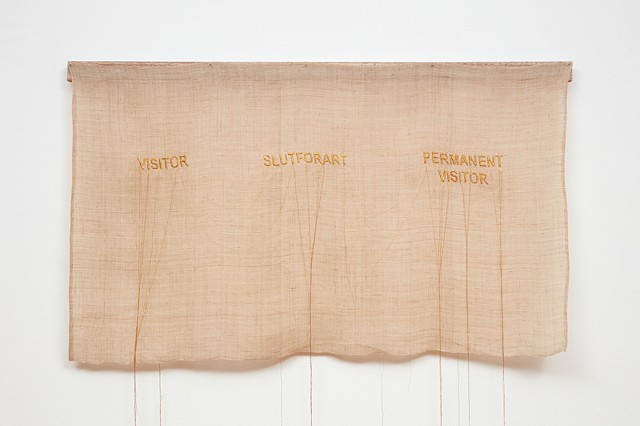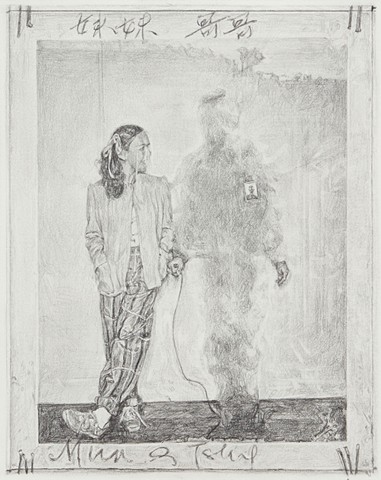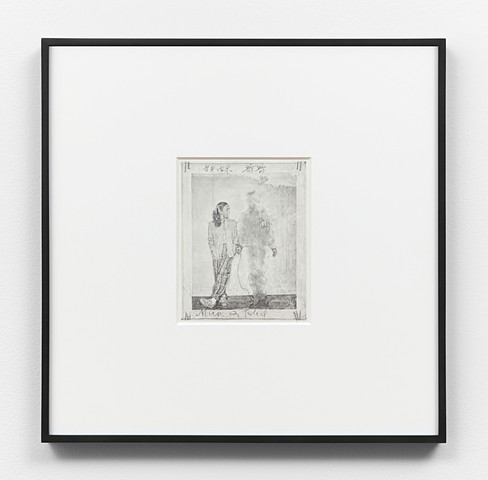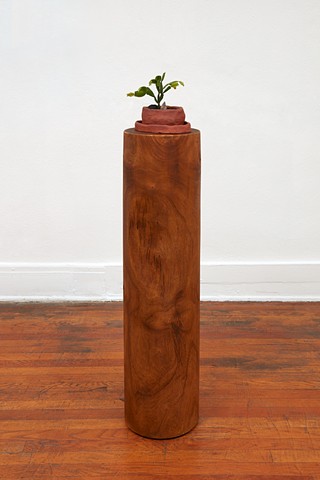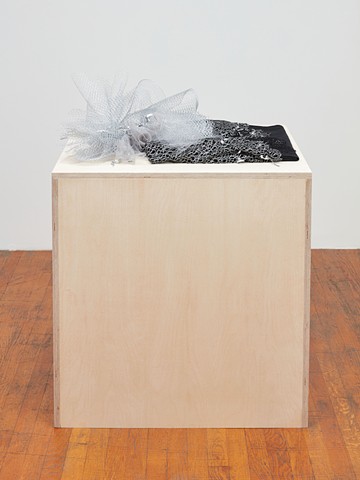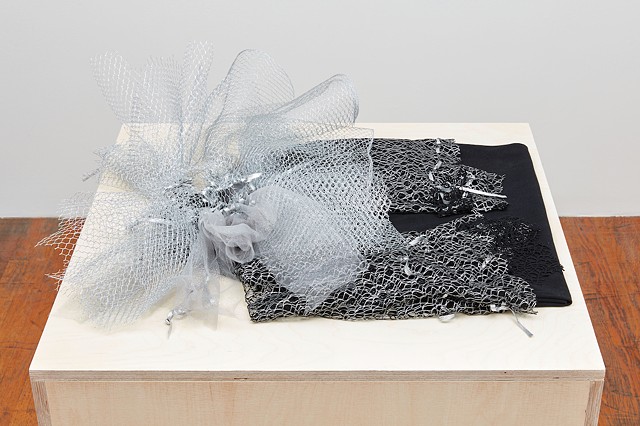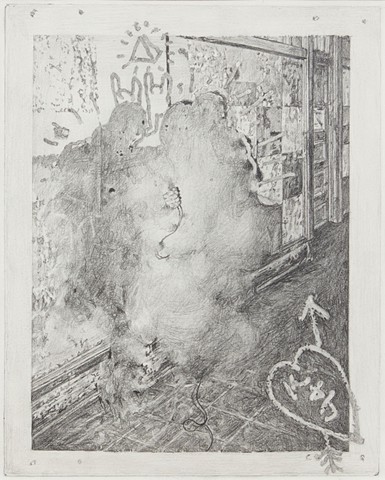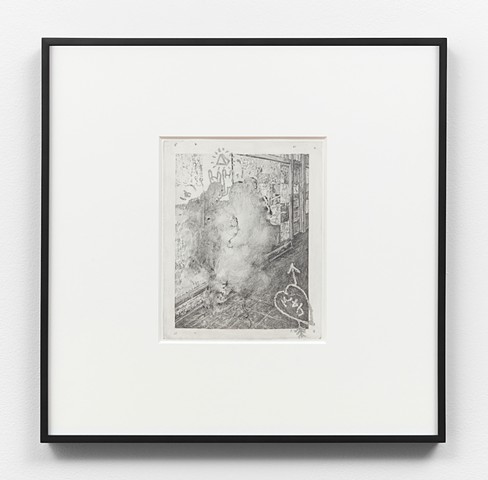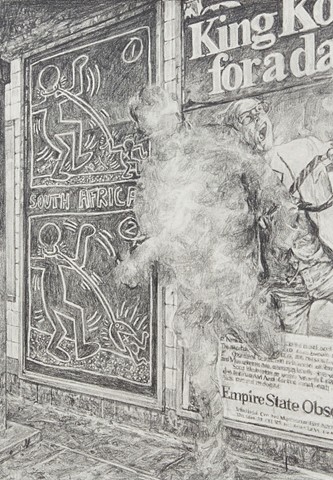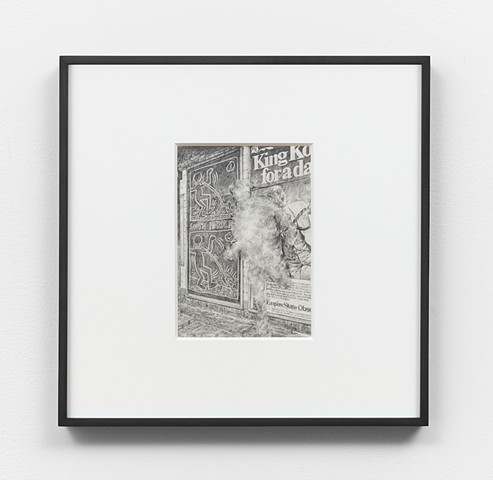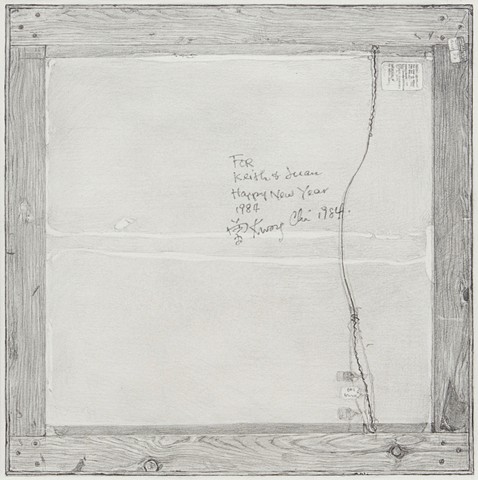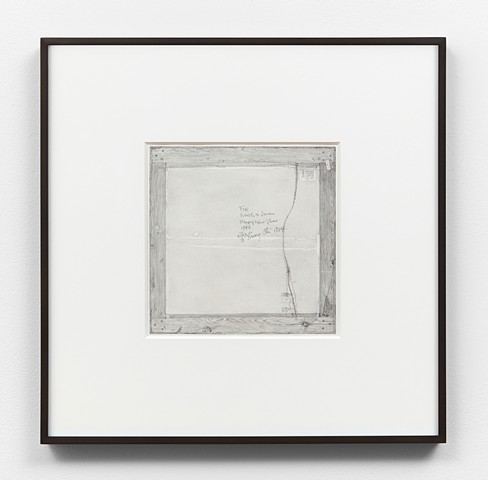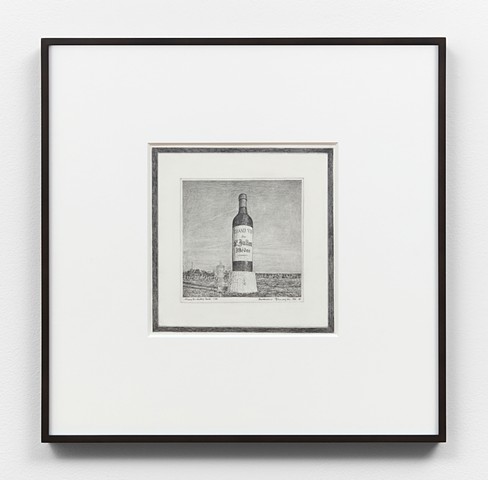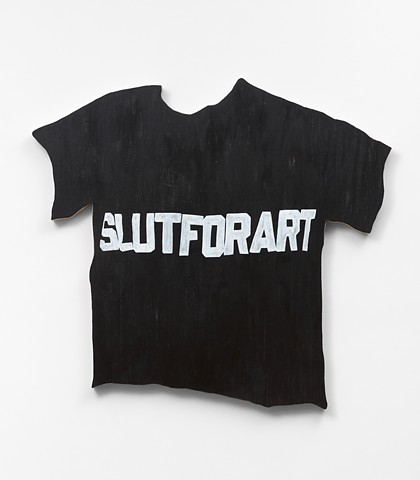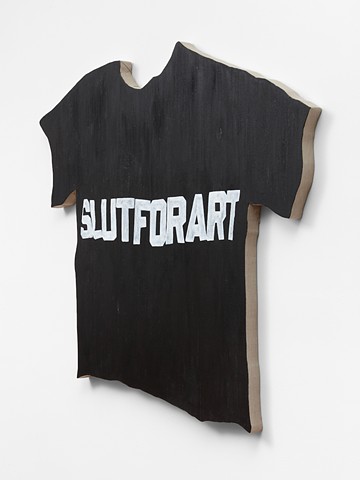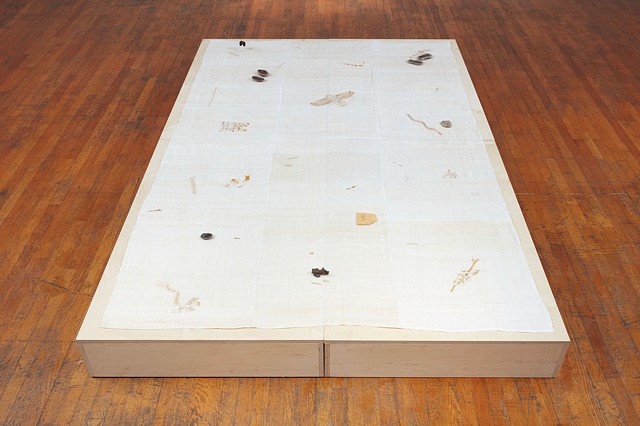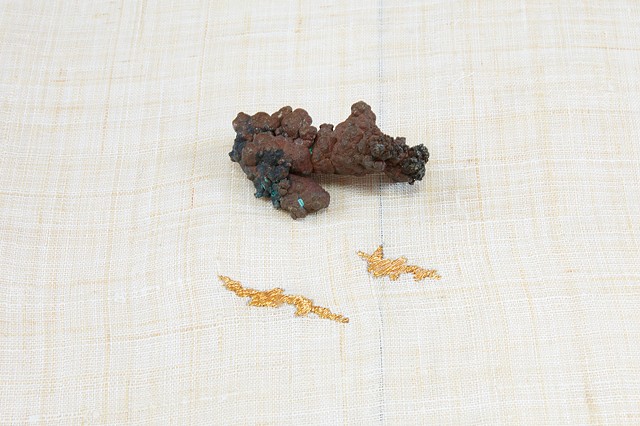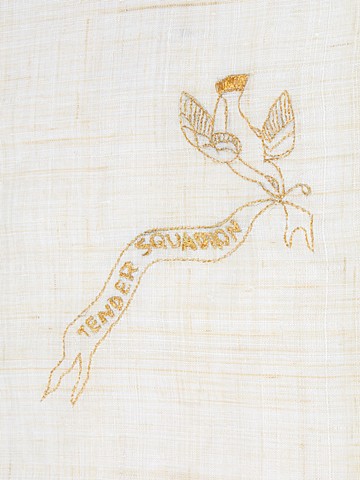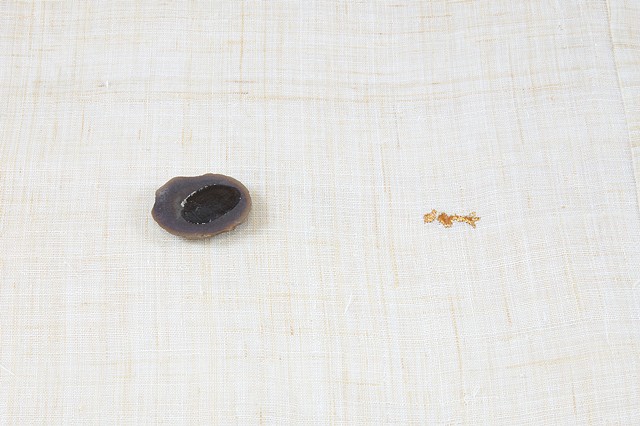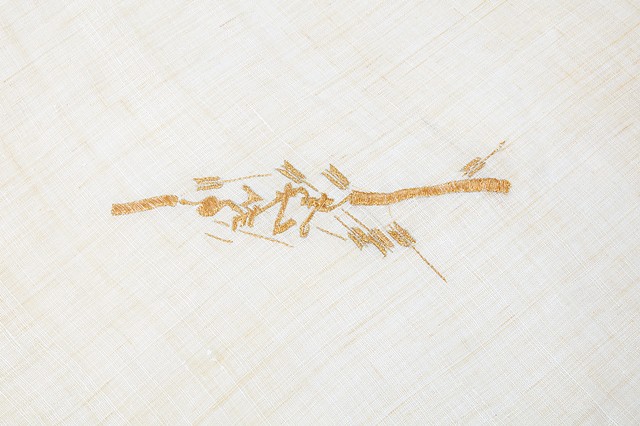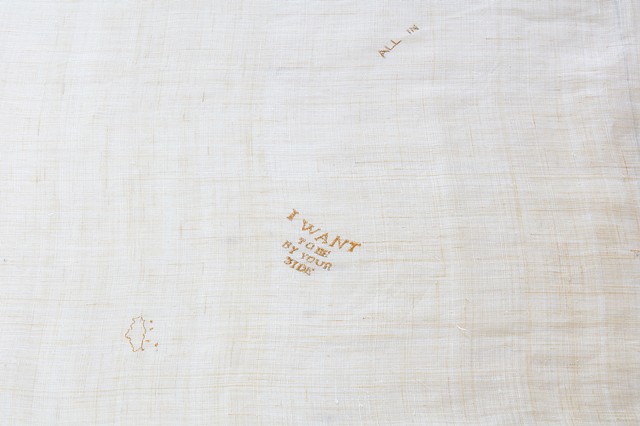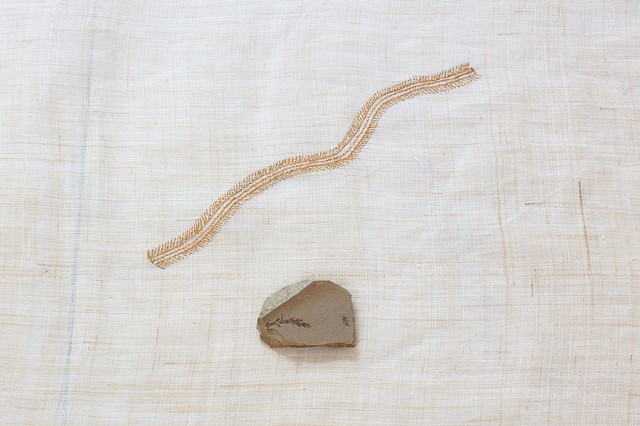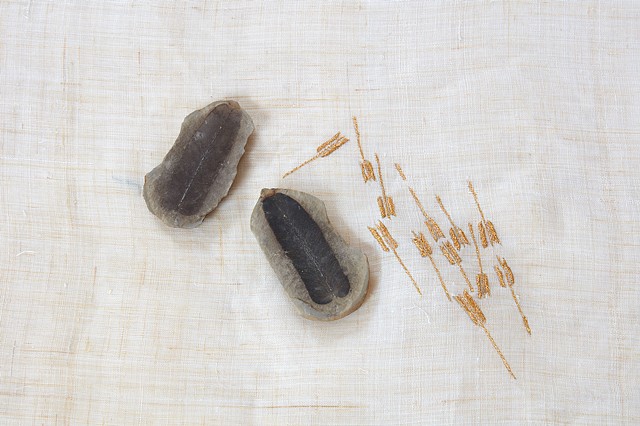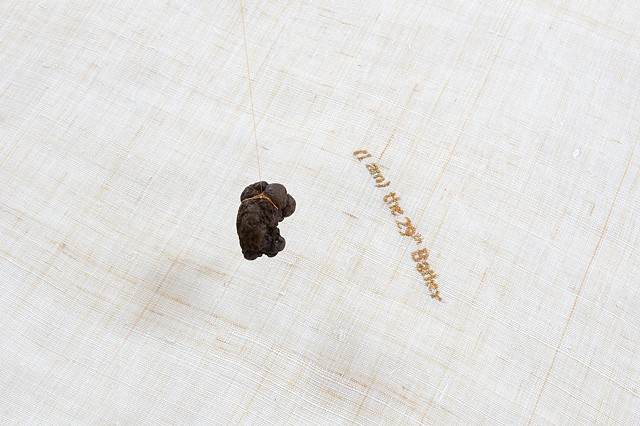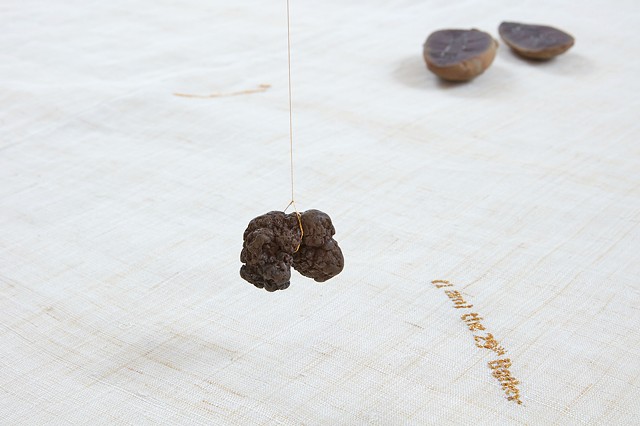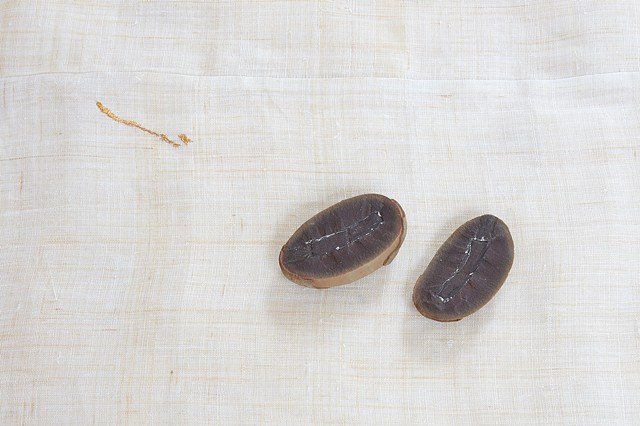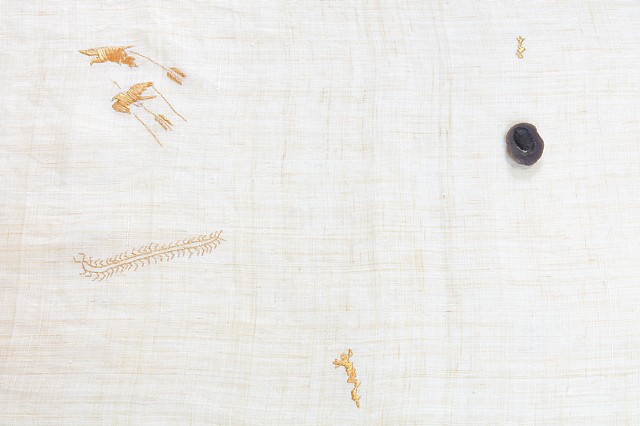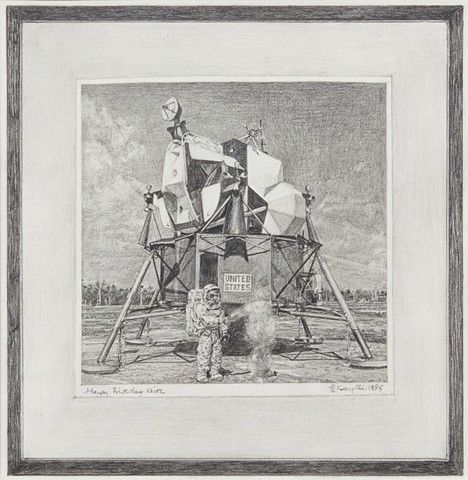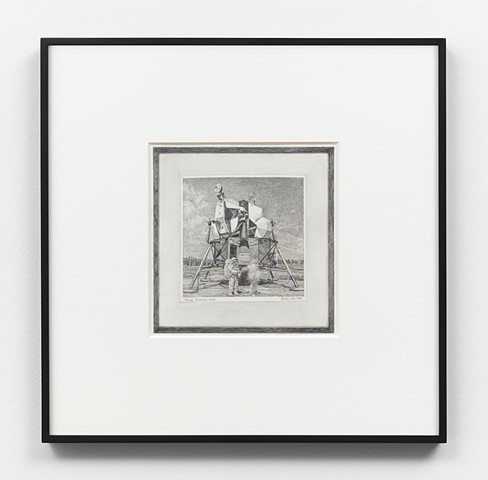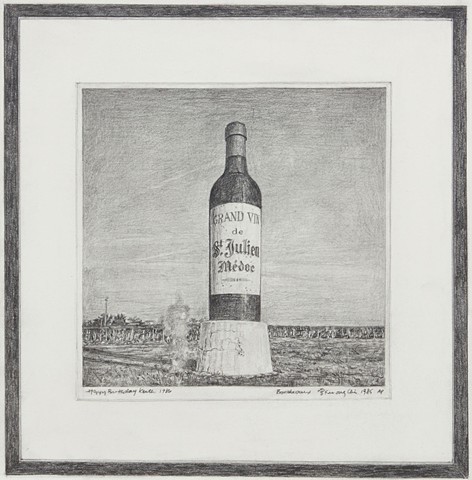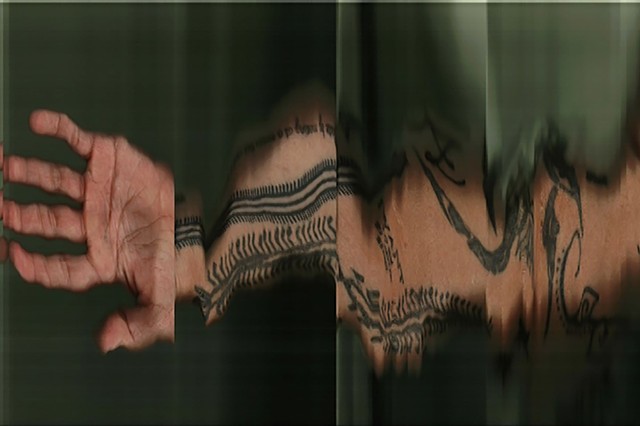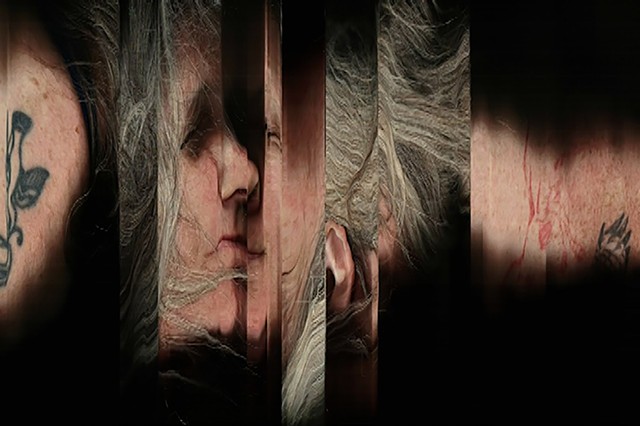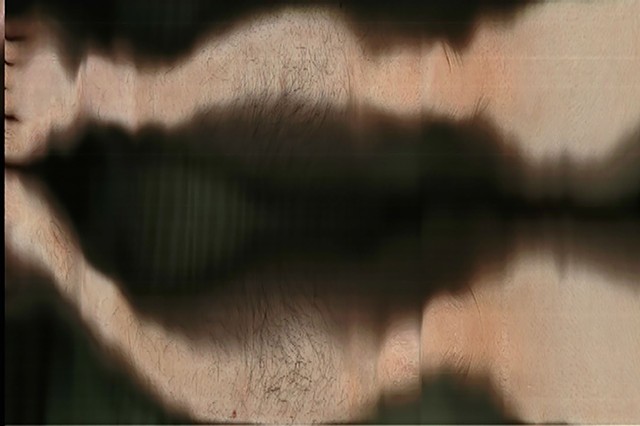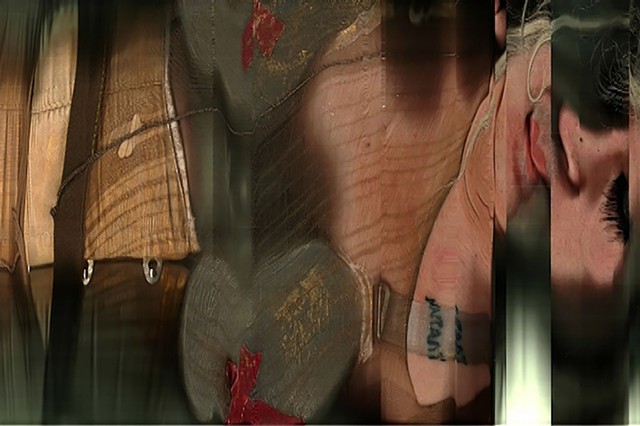Permanent Visitor (2021)
Heichi Magazine (by Harry Burke)
Art Asia Pacific Issue 125 Sep/Oct (by Gökcan Demirkazik)
Tattoos and scars bear lasting witness to memories, pain, and trauma—a mode of knowledge inscribed directly into the body. Kang Seung Lee scanned the skin of friends in his queer community of artists and activists: Julie Tolentino, Jen Smith, Jennifer Moon, and Young Joon Kwak, mapping a multigenerational fabric of embodied experiences. Skin markings resurface as shapes embroidered on Sambe cloth in antique 24-karat gold thread. Sambe, a woven hemp textile traditionally used in Korea for funeral shrouds, denotes mourning but also reverence. Like marks on the body, which make up a personal-political register that evolves as the skin shifts and ages, Lee’s work captures lives in persistent flux while honoring their emergent histories of resistance. A three-channel video presents the skin scans like a mutable human text—undulating flesh-forms, neither fixed nor fully legible.
Bringing transience and permanence into symmetry while taking a long view of lifetimes unfolding, Lee considers how history comes to be marked by accumulation as well as loss. A series of drawings memorializes the relationship between artists Tseng Kwong Chi and Keith Haring, within a broader circle of artists living, working, and dying amid the AIDS crisis.
Lee made a selection of Tseng’s work from Haring’s collection. Redrawing the pieces in graphite, he reproduced not only the photographic image but Tseng’s marginalia (“Happy Birthday Keith” scrawled on a border, etc.) as well as the matting and picture frames, rendering incidental features integral to the whole. In rendering the back-of-frame label of one work, complete with ink blot in the signature, Lee catches the inconsistent stroke of a marker. Certain phrases—“Permanent Visitor,” “Visitor,” Tseng’s motto “SLUTFORART”—weave through the exhibition in various guises: gold-embroidered on Sambe, painted and drawn, comprising the puckish tags and talismans of the artist’s itinerant presence that now signal his legacy.
Designer and former dancer Shawn McQuate has refabricated a garment he wore in a picture taken by Tseng, which sits in the gallery like a skin dispossessed of its body near a redrawing of the photo, bearing the inscription “Polaroided and Xeroxed in New York City, September 1980. Tseng Kwong Chi.” Together, they conjure an incomplete vanishing act: McQuate continues his work despite being legally blind; the painstaking reconstructions present a record of historical and bodily erasures, remembering what is lost and preserving all that remains in the wake of immense personal and communal tragedy.
Photos by Paul Salveson
